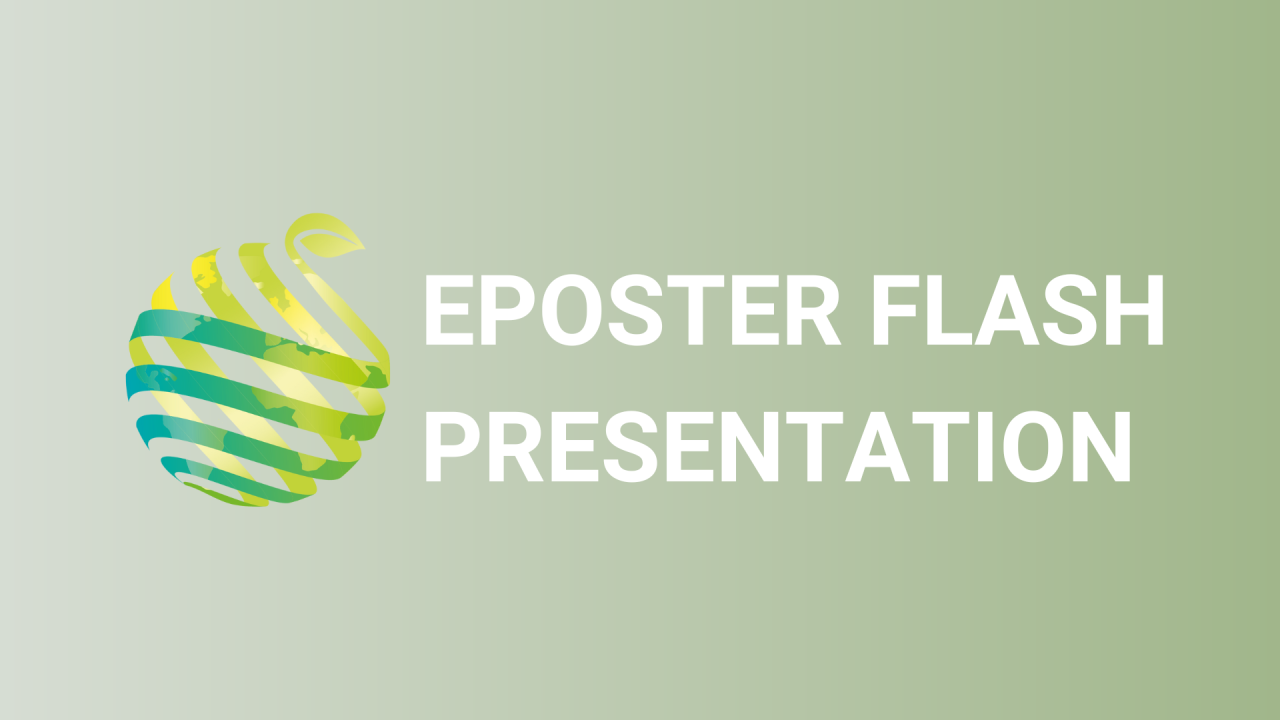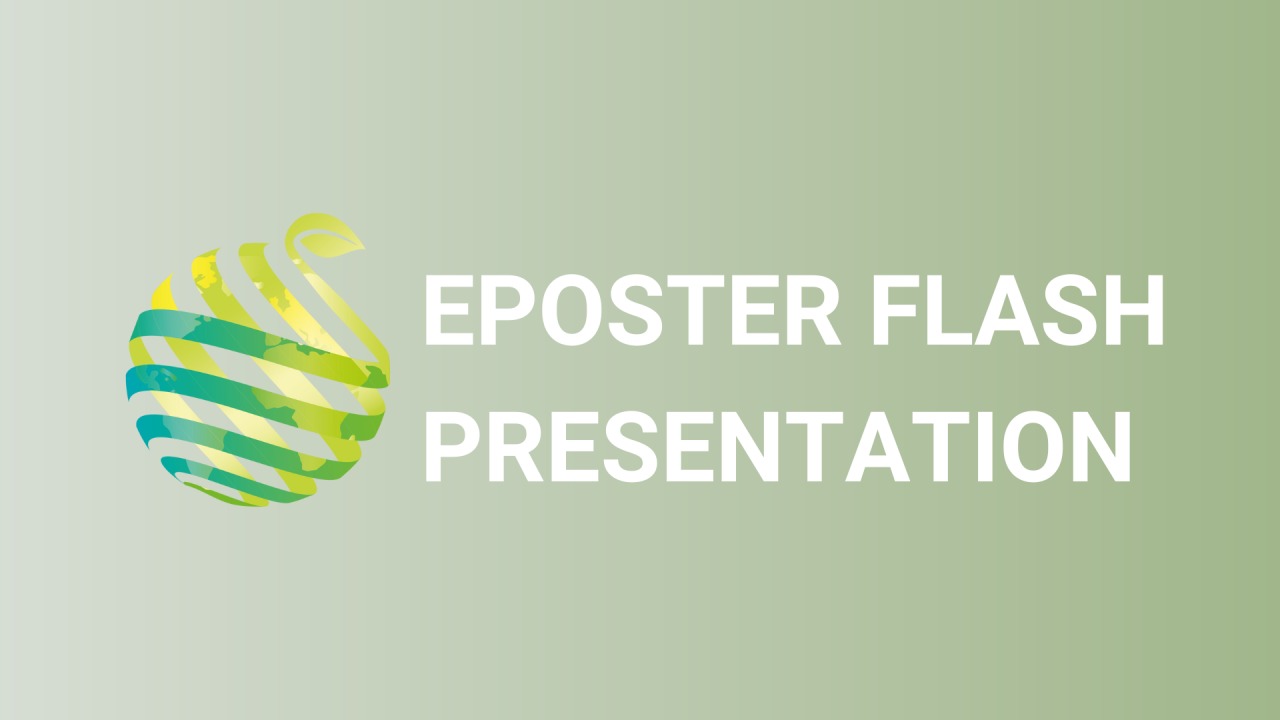

S07 - Session P1 - Benefits of variable biostimulant dose on urban lawns under hydric stress
Information
Authors: José Marin, Lorena Parra, Pedro V. Mauri Ablanque *
Although urban lawns provide benefits for the citizens, their maintenance requires high volumes of water. Considering that water resources will decrease in the future due to climate changes, it is essential to establish new management options that reduce irrigation. The use of biostimulants improves plant performance and their resistance to abiotic stress. In this paper, we present the results of testing the benefits of biostimulants in urban lawns under hydric stress. We simulate a scenario in which a reduction of 40% in irrigation is applied. The lawn was kept under reduced irrigation for all the summer, and in august, the treatment with the biostimulants was initiated. An urban lawn of 9x9 m, composed of two grass species ( Poa pratensis and Cynodon dactylon ), is used as an experimental site. Two different doses of biostimulant are applied to the lawns. The biostimulant was added monthly to the experimental plots. In each area is subdivided into three experimental replicas. In each replica, three measurements per parameter were performed. The evaluated parameters to compare the performance of lawns include Normalized Difference Vegetation Index (NDVI), Soil Moisture (SM), and Soil Electroconductivty (SEC). The parameters were measured every ten days, along 70 days. The results indicate that biostimulant use, regardless of their dose, increases the NDVI and the SM. Analyzing the whole dataset, we can identify an increase of SEC when the biostimulant is used. Nonetheless, analyzing the data gathered in the last week of the experiment, the SEC was equal in all the plots. No differences in NDVI, SM or SEC are found between the two tested doses. The NDVI at the end of the experiment in the area without the biostimulant was 0.63, while the areas with the biostimulant were 0.70. The SM increases from 22% to 28% due to the use of biostimulants.